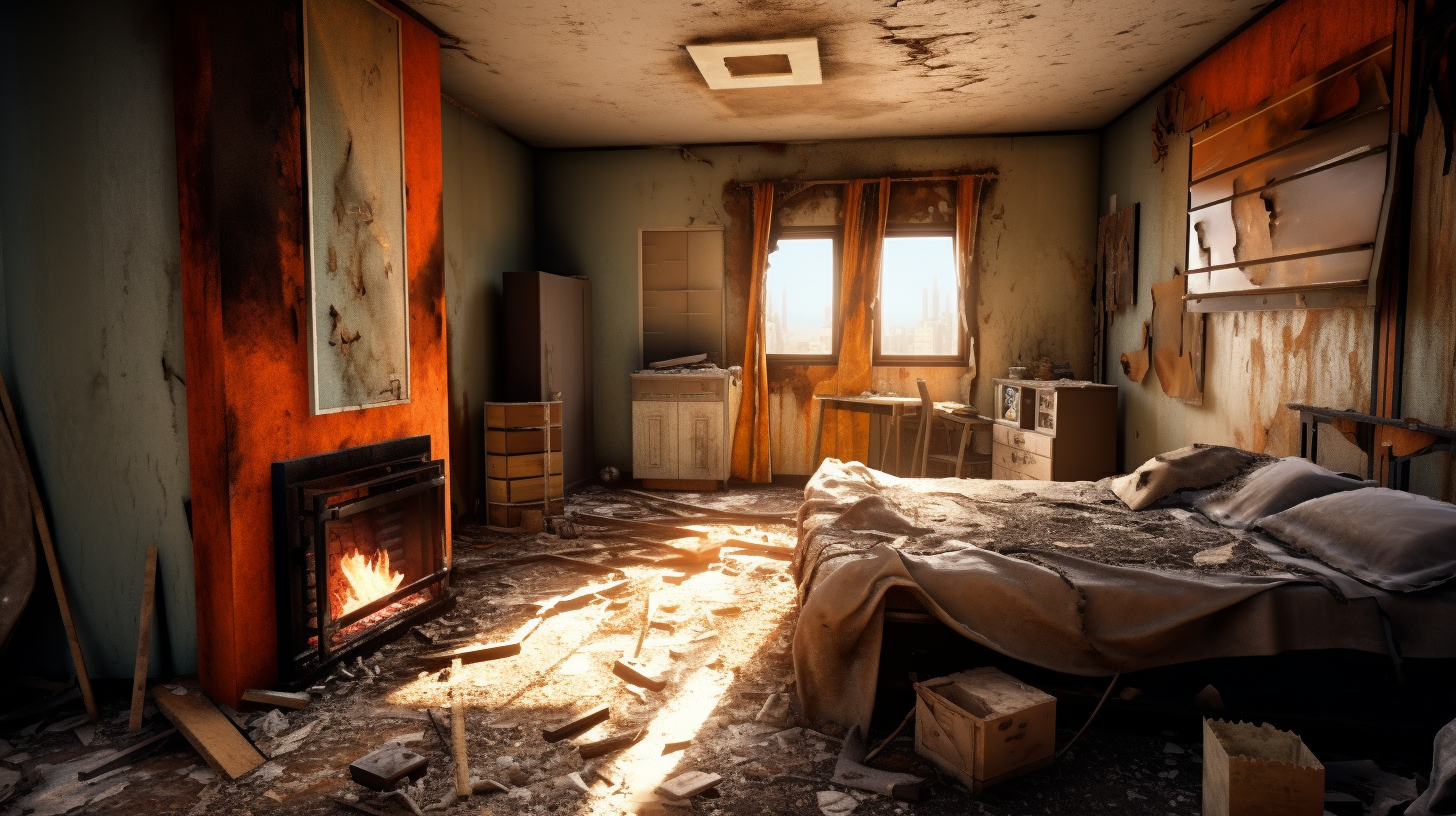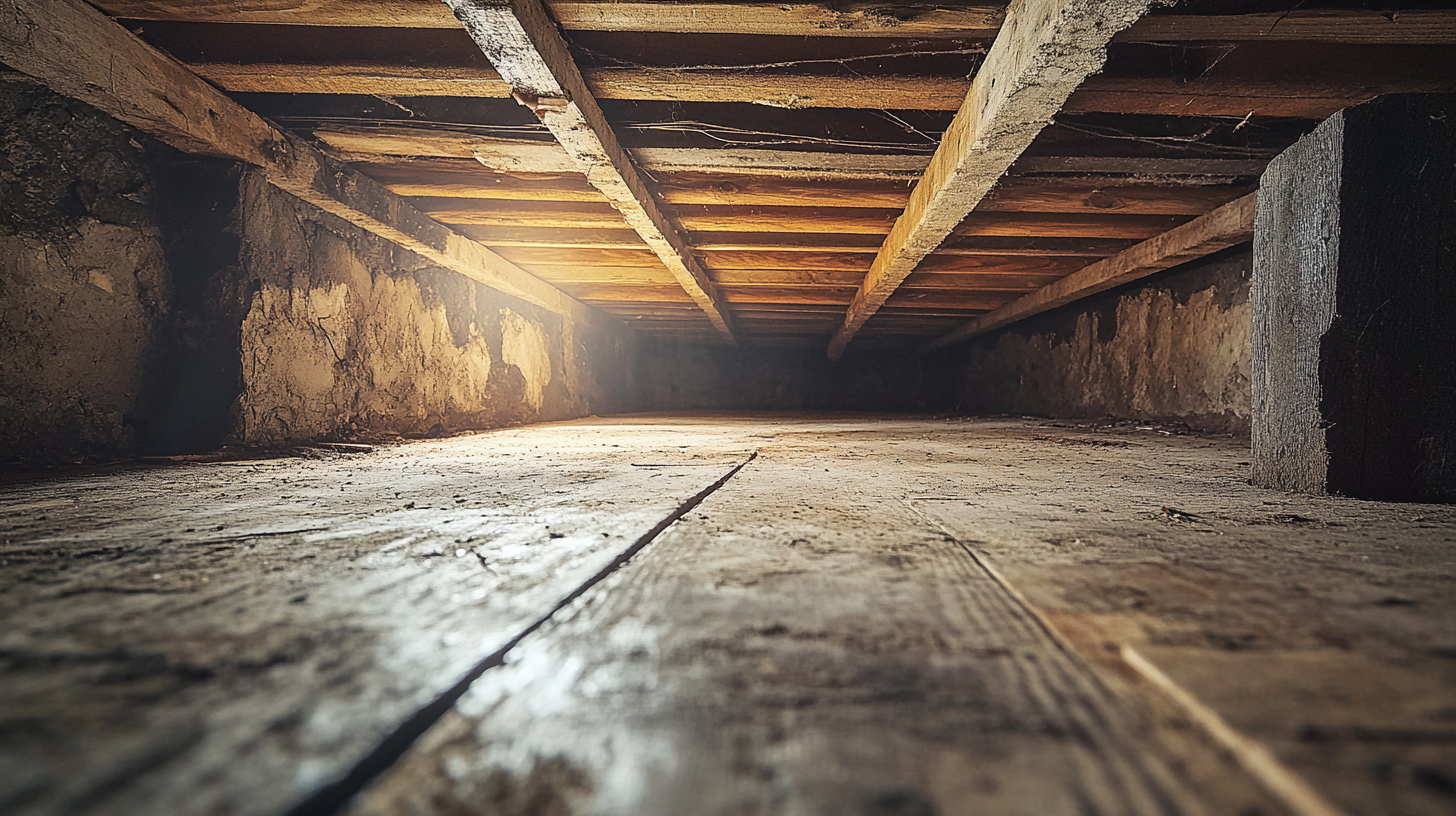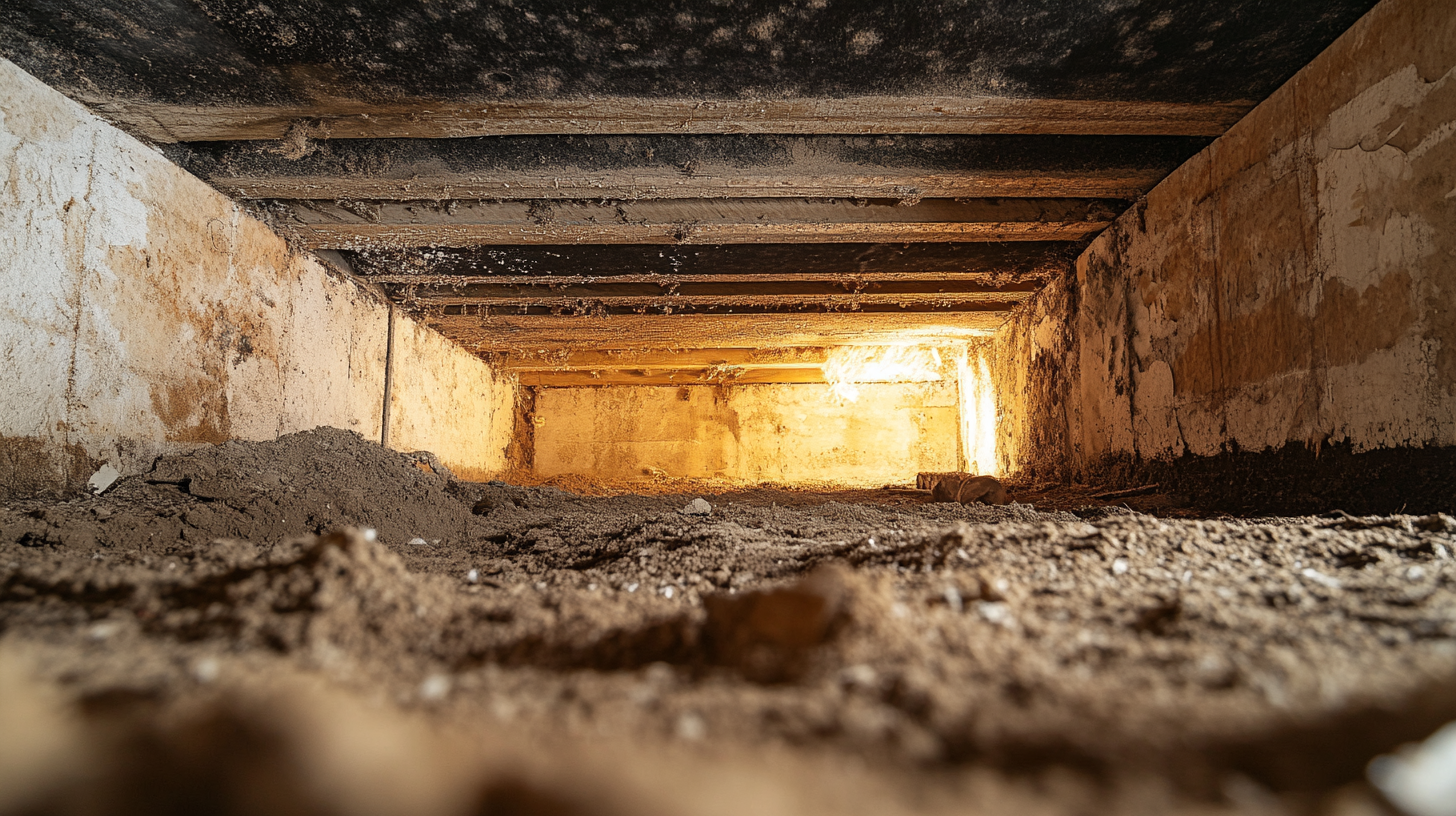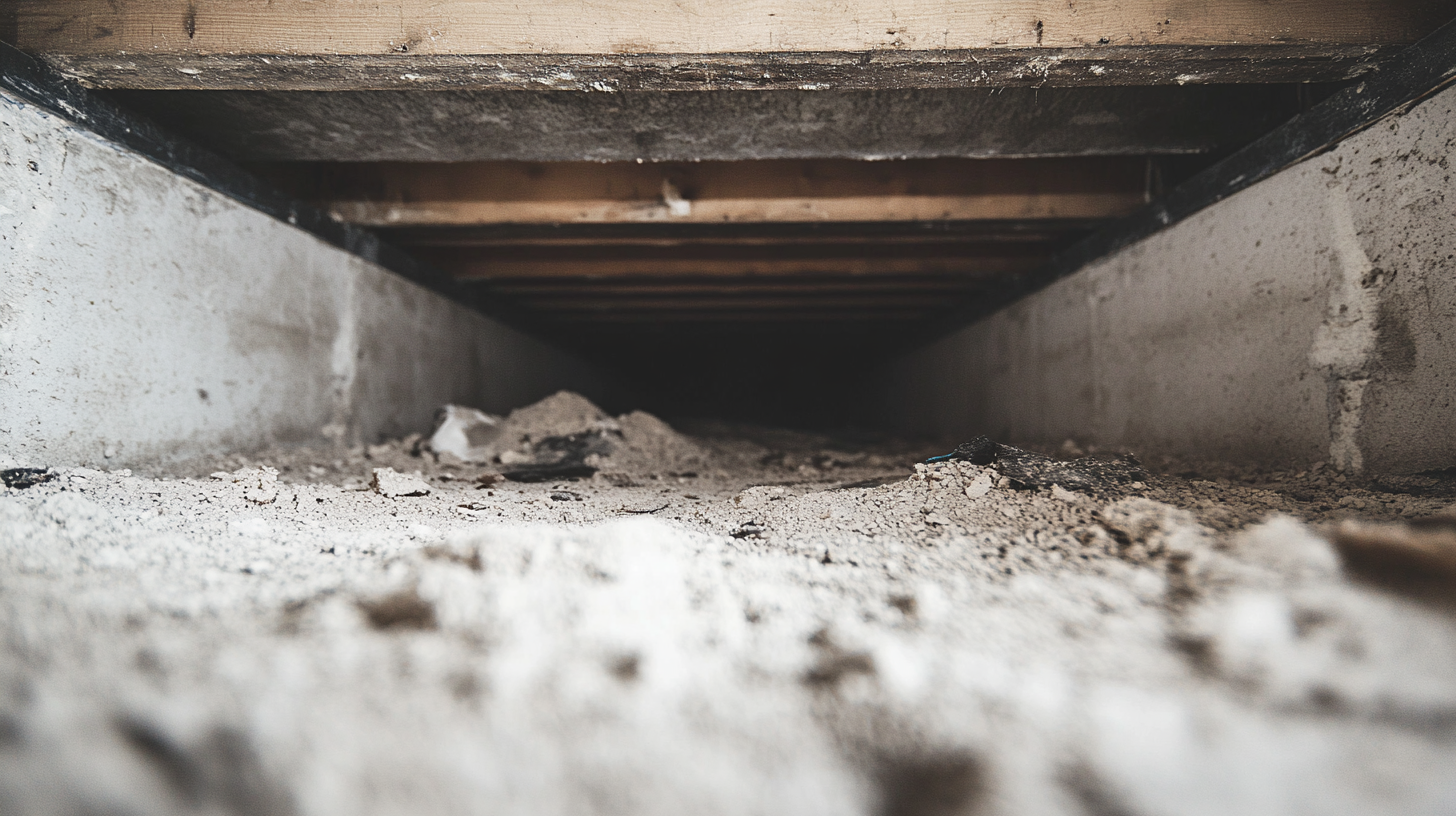Case Study: Successful Fire Damage Assessment and Restoration

Fire incidents are devastating events that can cause extensive damage to both property and lives. In the aftermath of a fire, the priority is not only to understand the extent of the damage but also to take swift and effective action to restore the affected property. This process begins with a thorough fire damage assessment and continues through a comprehensive restoration plan. Understanding the importance of these steps is crucial for ensuring the safety, structural integrity, and habitability of fire-affected buildings.
Fire damage assessment is the critical first step in the restoration process. It involves a detailed evaluation of the damage caused by the fire, including structural damage, smoke and soot residue, and water damage from firefighting efforts. This assessment is essential for identifying the immediate hazards, such as weakened structures and toxic residues, that can pose significant risks to the occupants and the restoration team. By accurately assessing the damage, property owners and restoration professionals can develop a targeted plan to address all aspects of the damage, ensuring no critical issues are overlooked.
Restoration goes beyond merely repairing visible damage; it involves restoring the property to a safe and habitable condition. This process includes structural repairs, deep cleaning to remove smoke and soot, and addressing water damage to prevent mold growth. Effective restoration not only enhances the building's structural integrity but also improves indoor air quality and overall living conditions. Additionally, it helps in preserving the property's value and reducing the long-term impact of the fire.
Moreover, fire damage assessment and restoration play a vital role in the insurance claims process. Thorough documentation and detailed reports from the assessment provide the necessary evidence to support insurance claims, ensuring that property owners receive adequate compensation for their losses. This financial support is crucial for covering the costs of restoration and rebuilding, helping property owners recover more quickly and efficiently.
In conclusion, fire damage assessment and restoration are integral to the recovery process following a fire. They ensure the safety and structural integrity of the property, improve living conditions, and support financial recovery through insurance. By understanding and prioritizing these steps, property owners and restoration professionals can effectively mitigate the devastating effects of fire and pave the way for a successful recovery.
Overview of the Fire Incident
Background Information
Location of the Property
The location of the property plays a crucial role in understanding the context and logistics of the fire incident. This includes the geographic area, neighborhood, and specific address. Factors such as proximity to emergency services, accessibility for fire trucks, and local building regulations can significantly influence both the severity of the fire and the response efforts. Providing detailed information about the location helps to set the scene and gives insight into the environmental and situational factors that may have affected the incident.
Type of Property (Residential, Commercial, Multi-Story, etc.)
Identifying the type of property involved in the fire is essential for understanding the scope and nature of the damage. Residential properties, commercial buildings, and multi-story structures each have unique characteristics and challenges when it comes to fire damage assessment and restoration. For instance, residential fires may affect personal belongings and living spaces, while commercial fires might impact business operations and critical infrastructure. Multi-story buildings present additional complexities related to vertical fire spread and structural integrity across multiple floors.
Date and Cause of the Fire
The date and cause of the fire provide important context for the incident. The date helps establish a timeline for the fire event, the subsequent assessment, and ongoing restoration efforts. Understanding the cause of the fire—whether it was accidental, due to electrical faults, kitchen mishaps, or arson—can inform both the assessment process and preventive measures for the future. Detailed knowledge of the fire's origin helps in identifying specific areas of focus during the damage evaluation and in developing targeted restoration strategies.
Immediate Impact of the Fire
Extent of the Damage (Structural, Smoke, Water)
The immediate impact of the fire includes the extent of structural, smoke, and water damage. Structural damage involves the weakening or destruction of key building elements such as beams, walls, and floors, which can compromise the building's integrity. Smoke damage is characterized by soot and residue deposits on surfaces, leading to discoloration and potential health hazards due to toxic particles. Water damage, often resulting from firefighting efforts, can lead to saturation of building materials, mold growth, and additional structural issues. A comprehensive overview of these damages is critical for planning effective remediation and restoration.
Initial Response by Fire Services
The initial response by fire services is a crucial aspect of managing the immediate aftermath of a fire. This includes the actions taken by firefighters to extinguish the flames, rescue occupants, and secure the property. Details about the firefighting efforts, such as the duration of the fire suppression activities, the methods used (e.g., water, foam, chemical extinguishers), and the challenges faced by the fire crews, provide insight into the incident's severity and the immediate measures taken to control it. This information is vital for understanding the initial conditions that assessment and restoration teams will encounter.
Evacuation and Safety Measures Taken
Evacuation and safety measures are paramount during and immediately after a fire incident. Information about how the evacuation was conducted, the number of people evacuated, and any injuries or fatalities provides a clear picture of the human impact of the fire. Safety measures such as the establishment of perimeters, the use of temporary shelters for displaced occupants, and the implementation of emergency protocols highlight the actions taken to protect lives and ensure safety. These measures also set the stage for the subsequent assessment and restoration processes, ensuring that the site is secure and that all necessary precautions are in place.
Initial Damage Assessment
Safety Precautions Taken
Ensuring Structural Stability Before Entry
Before any assessment can begin, it is crucial to ensure the structural stability of the building. Fires can severely weaken or compromise the integrity of key structural elements such as beams, columns, and floors. Structural engineers and safety inspectors must perform a preliminary evaluation from a safe distance to identify any immediate hazards that could pose a risk of collapse. Only after confirming that the structure is stable should they proceed with a more detailed internal inspection. This precaution helps prevent accidents and ensures the safety of the assessment team.
Personal Protective Equipment (PPE) for the Assessment Team
Personal protective equipment (PPE) is essential for safeguarding the health and safety of the assessment team. The team should be equipped with helmets, gloves, safety goggles, and fire-resistant clothing to protect against potential hazards such as falling debris, sharp objects, and residual heat. Respirators or masks are also necessary to protect against inhaling toxic fumes, smoke, and airborne particles. Proper use of PPE minimizes health risks and ensures that the assessment can be conducted safely and effectively.
Coordination with Fire and Safety Officials
Effective coordination with fire and safety officials is vital for a safe and thorough damage assessment. These professionals provide crucial information about the fire's behavior, the extent of the damage, and any remaining hazards such as hotspots or structural weaknesses. Collaborating with fire and safety officials ensures that the assessment team has the most accurate and up-to-date information, facilitating a safer and more efficient inspection process. This collaboration is key to addressing any immediate safety concerns and ensuring a thorough evaluation.
Immediate Actions and Observations
Securing the Site to Prevent Further Damage or Unauthorized Access
One of the first actions to take following a fire is securing the site to prevent further damage or unauthorized access. This involves setting up barriers or fencing around the affected area and posting warning signs to deter entry. Securing the site helps protect the integrity of the remaining structure and prevents accidents or vandalism. It also preserves the scene for insurance assessments and detailed inspections, ensuring that all necessary precautions are in place to maintain safety.
Initial Documentation with Photos and Notes
Thorough documentation of initial observations is critical for an accurate assessment of fire damage. Inspectors should take extensive photos and detailed notes to capture the condition of the building immediately after the fire. This documentation includes visible damage to structural elements, soot and smoke residues, and any other notable effects. These records are invaluable for planning remediation efforts, filing insurance claims, and providing a reference for future restoration work. Accurate documentation helps ensure that no aspect of the damage is overlooked.
Identifying Critical Areas Requiring Urgent Attention
During the initial assessment, it is essential to identify critical areas that require urgent attention. This includes sections of the building that are structurally compromised, areas with significant smoke or water damage, and any hazards that pose immediate risks to safety. Prioritizing these areas helps focus resources and efforts on the most pressing issues, ensuring that stabilization and mitigation efforts are conducted swiftly to prevent further deterioration. Addressing these critical areas promptly is key to managing the overall restoration process effectively.
Detailed Damage Evaluation
Structural Assessment
Inspection of Load-Bearing Elements (Beams, Columns, Floors)
A thorough structural assessment is crucial for evaluating the integrity of load-bearing elements such as beams, columns, and floors. Inspectors carefully examine these components to identify any signs of damage caused by the fire, including warping, cracking, and charring. The condition of these elements directly affects the building's stability and safety. Detailed inspections help determine the extent of the damage and whether repairs or replacements are necessary to restore the structure’s integrity.
Detection of Fire-Induced Weakening or Collapse
Fire can significantly weaken structural elements, sometimes to the point of collapse. Detecting these weaknesses is essential to prevent further hazards. Structural engineers assess the severity of the damage by looking for signs of fire-induced stress, such as sagging beams, compromised columns, and weakened floor joists. This assessment helps identify areas that are at risk of collapsing and need immediate reinforcement or shoring up to ensure the building's safety.
Use of Advanced Tools (Thermal Imaging, Drones) for Thorough Inspection
Advanced tools like thermal imaging cameras and drones enhance the thoroughness and accuracy of structural assessments. Thermal imaging cameras detect hidden damage by revealing temperature variations within materials, which can indicate residual heat or weakened areas. Drones are particularly useful for inspecting hard-to-reach places, such as upper floors and roofs, without putting inspectors at risk. These technologies provide a comprehensive view of the damage, enabling precise and informed decisions about necessary repairs.
Smoke and Soot Damage Analysis
Areas Affected by Smoke and Soot
Smoke and soot can infiltrate various parts of a building, causing extensive damage beyond the areas directly touched by fire. Identifying all areas affected by smoke and soot is essential for effective remediation. Inspectors look for visible residues on surfaces, discoloration, and other signs of smoke infiltration. This analysis helps in developing a targeted cleaning and decontamination plan to remove all traces of smoke and soot and restore the building to a safe condition.
Impact on HVAC Systems and Indoor Air Quality
The HVAC system is a common pathway for the spread of smoke and soot throughout a building. Assessing the impact on HVAC systems is crucial for restoring indoor air quality. Inspectors evaluate the system for contamination, checking ducts, filters, and vents for soot deposits and residues. Cleaning and, if necessary, replacing affected components of the HVAC system are vital steps to ensure that it does not continue to distribute harmful particles. Improving indoor air quality is essential for the health and safety of the building’s occupants.
Health Implications for Occupants
The presence of smoke and soot has significant health implications for building occupants. These contaminants can cause respiratory problems, skin irritation, and other health issues, especially for individuals with pre-existing conditions. Assessing the health impact involves measuring the levels of airborne particulates and toxic substances. Addressing these health risks through thorough cleaning, air purification, and continuous monitoring helps ensure that the building is safe for reoccupation.
Water Damage Assessment
Areas with Water Intrusion and Accumulation
Firefighting efforts often result in significant water damage. Identifying areas with water intrusion and accumulation is a critical part of the damage assessment. Inspectors look for standing water, damp materials, and signs of water seepage in walls, floors, and ceilings. Addressing these areas promptly is essential to prevent further damage and to begin the drying process. Effective water removal and drying techniques help mitigate the impact of water damage.
Secondary Damage Like Mold Growth and Material Degradation
Water damage can lead to secondary issues such as mold growth and material degradation. Mold can develop within 24-48 hours in moist conditions, posing health risks and further damaging building materials. Inspectors check for visible mold, musty odors, and signs of material deterioration, such as wood rot and weakened plaster. Effective remediation involves removing mold, drying out materials, and addressing any structural degradation caused by water to prevent long-term problems.
Inspection of Electrical Systems for Water-Related Damage
Water can cause significant damage to electrical systems, posing both safety hazards and functional issues. Inspecting electrical systems for water-related damage involves checking wiring, outlets, and electrical panels for signs of corrosion, short circuits, and moisture intrusion. Ensuring that the electrical system is safe and functional is crucial before restoring power to the building. This inspection helps prevent electrical fires and ensures that the building’s systems operate correctly.
Restoration Planning
Developing a Comprehensive Restoration Plan
Prioritizing Areas for Immediate Repair
Developing a comprehensive restoration plan begins with prioritizing areas that require immediate repair. This step involves identifying the most critical structural elements and essential systems that are necessary for the building’s safety and functionality. By focusing on these areas first, restoration teams can stabilize the building, prevent further damage, and create a safe environment for ongoing restoration efforts. Prioritizing repairs also helps in efficiently allocating resources to address the most urgent needs, ensuring a systematic and effective restoration process.
Collaboration with Structural Engineers and Restoration Experts
Effective restoration planning requires close collaboration with structural engineers and restoration experts. Structural engineers provide vital insights into the integrity of the building and recommend specific repairs and reinforcements needed to restore stability. Restoration experts bring specialized knowledge in dealing with fire, smoke, and water damage, guiding the cleaning, decontamination, and reconstruction efforts. This multidisciplinary collaboration ensures that all aspects of the damage are addressed comprehensively, resulting in a more successful and resilient restoration.
Creating a Timeline for Restoration Activities
Creating a detailed timeline for restoration activities is crucial for managing the restoration process efficiently. This timeline outlines the sequence of tasks, sets deadlines for each phase of the restoration, and allocates resources accordingly. A well-structured timeline helps in coordinating various teams and activities, minimizing delays, and ensuring that the restoration progresses smoothly. It also provides a clear roadmap for stakeholders, keeping them informed about the progress and expected completion dates.
Cost Estimation and Budgeting
Detailed Cost Breakdown for Restoration
Accurate cost estimation and budgeting are essential components of a comprehensive restoration plan. This involves providing a detailed cost breakdown for all restoration activities, including labor, materials, equipment, and any specialized services required. By itemizing costs, property owners and restoration managers can gain a clear understanding of the financial requirements and make informed decisions about resource allocation. This detailed breakdown also helps in identifying potential cost-saving opportunities without compromising the quality of the restoration.
Insurance Claims and Funding Sources
Securing adequate funding is critical for the successful execution of a restoration plan. This often involves filing insurance claims to cover the costs associated with fire damage. Detailed documentation from the initial assessment and ongoing restoration efforts is crucial for supporting insurance claims and ensuring that property owners receive the compensation they are entitled to. Additionally, exploring other funding sources, such as government grants, loans, or private financing, can provide the necessary financial support for comprehensive restoration efforts. Effective management of these funding sources helps ensure that the restoration can proceed without financial constraints.
Contingency Planning for Unforeseen Expenses
Contingency planning is an important aspect of budgeting for restoration. Unexpected issues and additional expenses can arise during the restoration process, such as discovering hidden damage or encountering delays due to weather conditions. Setting aside a contingency budget helps in managing these unforeseen expenses without disrupting the overall restoration plan. This proactive approach ensures that the restoration can continue smoothly, even when unexpected challenges occur, thereby safeguarding the project's success and timeline.
Restoration Process
Structural Repairs and Reinforcements
Replacing Damaged Structural Elements
The first step in the structural restoration process is replacing damaged structural elements. This includes beams, columns, and load-bearing walls that have been compromised by fire. Removing and replacing these components is critical to restoring the building's stability and safety. The new structural elements are chosen for their strength and fire-resistant properties to enhance the building's resilience against future incidents. Ensuring that these replacements are correctly installed is crucial for the overall integrity of the building.
Reinforcing Weakened Structures
In addition to replacing damaged elements, reinforcing weakened structures is essential to ensure the long-term stability of the building. Fire can reduce the strength of materials without completely destroying them, necessitating reinforcement. Techniques such as adding steel braces, using fiber-reinforced polymers, and applying concrete jackets can strengthen these weakened areas. Structural engineers assess the extent of the damage and recommend appropriate reinforcement methods to restore the building’s structural capacity.
Ensuring Compliance with Building Codes and Standards
Ensuring compliance with building codes and standards is a fundamental aspect of the restoration process. All repairs and reinforcements must meet local building regulations and industry standards to guarantee the safety and legality of the restored structure. Compliance involves using approved materials, adhering to construction practices, and obtaining necessary permits and inspections. Following these regulations ensures that the building is safe for occupancy and reduces the risk of future liabilities.
Smoke and Soot Remediation
Cleaning and Deodorizing Affected Areas
Smoke and soot remediation begins with cleaning and deodorizing affected areas. Specialized cleaning agents and techniques are used to remove soot residues from walls, ceilings, floors, and other surfaces. Deodorizing treatments, such as thermal fogging and ozone generation, are applied to eliminate persistent smoke odors. Thorough cleaning and deodorizing restore the aesthetic appeal of the building and ensure that it is safe and comfortable for occupants.
Repairing or Replacing Contaminated HVAC Components
The HVAC system is often heavily impacted by smoke and soot, which can spread contaminants throughout the building. Repairing or replacing contaminated HVAC components is essential to prevent the recirculation of harmful particles. This process includes cleaning or replacing air ducts, filters, and ventilation units. Ensuring that the HVAC system is free from contaminants helps restore indoor air quality and the efficient operation of the system.
Air Quality Testing Post-Remediation
After cleaning and deodorizing, air quality testing is conducted to ensure that the indoor environment is safe for occupants. Air quality monitors measure levels of particulate matter, volatile organic compounds (VOCs), and other pollutants. The results of these tests confirm the effectiveness of the remediation efforts and identify any remaining issues that need to be addressed. Achieving good air quality is crucial for the health and well-being of the building’s occupants.
Water Damage Restoration
Removing Standing Water and Drying Affected Areas
Water damage restoration starts with removing standing water and thoroughly drying affected areas. Water extraction equipment, such as pumps and wet vacuums, is used to remove excess water. Dehumidifiers and industrial fans are then employed to dry out walls, floors, and other materials. This step is vital to prevent further damage and to prepare the building for subsequent restoration activities.
Mold Remediation and Prevention
Mold remediation and prevention are critical components of water damage restoration. Moist environments created by water damage can lead to mold growth, posing health risks and further damaging building materials. Inspectors identify mold-affected areas and use antimicrobial treatments to eliminate mold spores. Preventative measures, such as ensuring proper ventilation and maintaining dry conditions, are implemented to prevent future mold growth.
Repairing Water-Damaged Electrical Systems
Water can severely damage electrical systems, creating safety hazards and operational issues. Repairing water-damaged electrical systems involves inspecting all wiring, outlets, and panels for corrosion, short circuits, and other issues. Damaged components are repaired or replaced to restore the electrical system's safety and functionality. Ensuring that the electrical systems are fully operational is crucial for the overall restoration of the building.
FAQs
Contact Fast Response Cleaning & Restoration Today!
Fast Response Cleaning & Restoration will do everything we can to ensure your experience with us is excellent.
Request A FREE Estimate
Request A FREE Estimate Form
CHECKOUT RECENT POST



Have an Emergency? We're Here to Help!
When it comes to disaster cleanup, we are a seasoned veteran in the industry and have helped hundreds of property owners just like you.
Our disaster recovery teams are available 24-7 to quickly clean up and repair disasters of all types.
